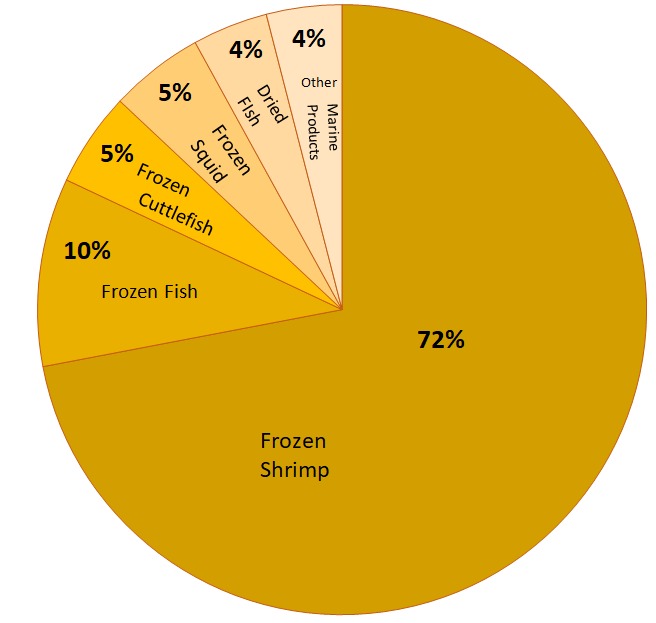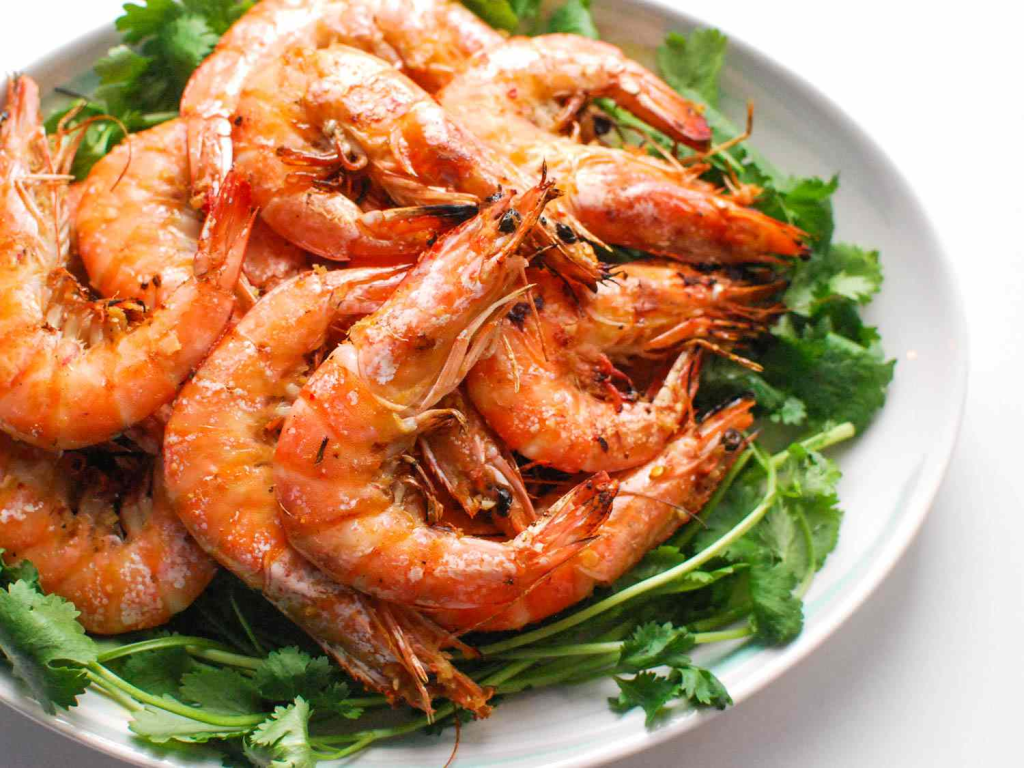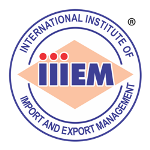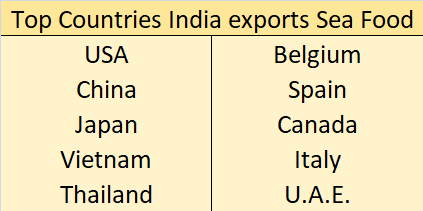Marine products have become one of the most important segments of global trade because they combine nutritional, economic, and environmental significance. The world’s growing population is turning to seafood as a reliable source of protein, omega-3 fatty acids, and other essential nutrients, making marine products vital for food security. With wild fish resources under pressure, aquaculture (fish and shrimp farming) has emerged as the primary driver, now contributing more than wild capture to global seafood supply.
Global Market
The global market for marine products is witnessing steady growth, driven by rising demand for protein-rich and healthy food options, increasing aquaculture production, and improvements in cold-chain logistics. Valued at over USD 370 billion in 2024, the market is projected to surpass USD 490 billion by 2033, with frozen and value-added seafood products emerging as the fastest-growing segments.
The marine products industry is also a major contributor to international trade and livelihoods, particularly for coastal countries like India, Vietnam, Indonesia, and China, which serve as large exporters, and for consumer nations such as the USA, EU, and Japan. The global market is shaped by how these products are produced, processed, and traded—from fishing in deep seas and coastal waters to modern aquaculture farms, followed by value addition like freezing, canning, and packaging.
India in Marine Product Exports
India benefits from its long coastline of over 8,100 km, rich biodiversity, and rapidly growing aquaculture sector, especially in states like Andhra Pradesh, West Bengal, Odisha, Gujarat, and Kerala.
The Indian market for marine products is one of the strongest pillars of the country’s export economy, positioning India as a leading global supplier of seafood, especially frozen shrimp. Marine products are India’s single largest agricultural export, with annual earnings crossing USD 8 billion in recent years.

Top exported types of Marine Products from India

-
Frozen Shrimp
-
Frozen Fish
-
Frozen Cuttlefish
-
Frozen Squid
-
Dried Items
-
Other Marine Products

The most exported Marine product from India
-
Frozen Shrimp
-
Estimated total shrimp production ≈ 1,091,004 MT (approx. — taken as exports + estimated domestic consumption)
-
Frozen shrimp exports = 716,004 MT
-
Estimated domestic consumption ≈ 375,000 MT
-
Per-capita shrimp consumption (India) ≈ 0.268 kg / person / year (based on domestic consumption ÷ 1.4 billion population — approximation)
-
Sources used: MPEDA export performance report and Government press notes (FY 2023–24 figures).

Quality Parameters for Export of Frozen Fish
To meet international standards and ensure food safety, the following parameters are crucial:
-
Freshness Indicators
-
Odor: No foul or sour smell
-
Appearance: Bright eyes, firm flesh, intact scales
-
Color: Natural (no discoloration)
-
-
Microbiological Standards
-
Total Plate Count (TPC) within permissible limits
-
Absence of Salmonella, E. coli, Vibrio cholerae, Listeria monocytogenes
-
-
Chemical Parameters
-
Histamine levels (especially for tuna & mackerel) within EU/US FDA limits
-
Heavy metals (mercury, cadmium, lead, arsenic) below prescribed limits
-
Free from antibiotics & banned substances (chloramphenicol, nitrofurans, etc.)
-
-
Physical Parameters
-
Proper glazing (ice coating to prevent dehydration)
-
Correct freezing temperature: -18°C or lower at core
-
No freezer burns, dehydration, or damage
-
-
Organoleptic Tests
-
Texture: Firm, elastic flesh
-
Taste & Smell: Natural, no rancidity
-
-
Packaging & Labeling Standards
-
Export-grade packaging (vacuum-sealed or IQF – Individually Quick Frozen)
-
Clear labeling with scientific name, batch number, production date, net weight, country of origin, storage conditions
-
Registrations and Certifications
-
RCMC (Registration-Cum-Membership Certificate)
-
Issued by MPEDA (Marine Products Export Development Authority).
-
Mandatory for exporters of marine products.
-
-
CATCH Certificate
-
For exports to the EU (to prove legality of fishing under IUU regulations).
-
-
Export Health Certificate (EHC)
-
Issued by Export Inspection Agency (EIA) under EIC (Export Inspection Council).
-
Ensures product safety & hygiene compliance.
-
-
HACCP Certification (Hazard Analysis and Critical Control Point)
-
Mandatory for all seafood processing plants.
-
-
BAP / ASC / MSC Certifications (Optional – Value Addition)
-
BAP – Best Aquaculture Practices
-
ASC – Aquaculture Stewardship Council
-
MSC – Marine Stewardship Council (for wild-caught fish)
-
Improves acceptance in premium markets (USA, EU, Japan).
-
-
DGFT Registration (IEC – Import Export Code)
-
Required for all exporters in India.
-
-
Phytosanitary Certificate (if required by importing country)
-
Certifies product is free from pests/diseases.
-
-
FDA Approval (for USA exports)
-
US FDA registration for processing plants.
-
-
Halal Certificate (if exporting to Middle East countries)
-
Laboratory Test Reports
-
From EIA-approved labs for microbiological, chemical, and antibiotic residues.
-
In short: To export frozen fish, exporters must ensure quality compliance (HACCP, microbiological, chemical tests) and obtain certificates like MPEDA RCMC, Health Certificate, CATCH certificate (for EU), and additional certifications depending on destination country.

